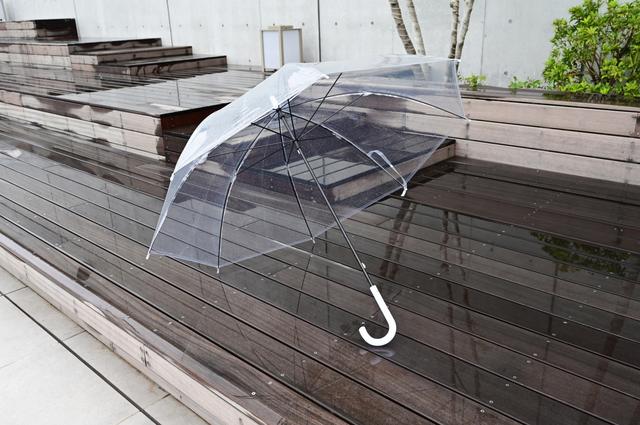The "stove" brought to Japan by a B...
09
03
The "stove" brought to Japan by a British ship in the Edo period underwent a great evolution in Japan.
CBC TV: "Stove" from the image "Photo AC"

Since ancient times, Westerners have had fireplaces, and Japanese people have braziers in hearths. Meanwhile, the "stove" that came from England in the Edo period changed its fuel one after another and followed a unique evolutionary path in Japan. Benjamin Franklin, an American physicist and politician, is said to have popularized the stove, which is a heating appliance. Franklin is known for using a kite to prove that lightning is electricity. In order to improve the efficiency of the fireplace, I wondered if there was some way to create and dissipate warm air. Therefore, he invented the "wood stove," which generates heat by "trapping" a piece of firewood inside an iron box, and sending warm air through the iron to the surroundings. This wood-burning stove quickly spread to American homes.
CBC TV: "Wood stove" from the image "Photo AC"
In 1856 (Ansei 3) at the end of the Edo period, a British ship called at the port of Hakodate (now Hakodate City) in Hokkaido, which was still called Ezochi. At the request of Commodore Perry, who came to Japan with Kurofune three years ago, Hakodate also opened its port to foreign countries. The ship was equipped with a wood-burning stove to keep out the cold of the northern seas. Hearing about the existence of a "stove" that warms the room, the Hakodate magistrate immediately dispatched his subordinates from the magistrate's office to investigate. "I want to get one somehow," he drew a picture of the heater, and immediately ordered a foundry to make the same one. The result was a round copper cylinder 50 cm in diameter and 40 cm high on a stone base, with a copper thickness of 0.5 cm. A part of the round tube had a chimney made by connecting earthen pipes. This was the first "stove" made in Japan, the first wood-burning stove. Firewood was burned in a copper tube, the heat of which sent warm air through the copper to the surroundings. This wood-burning stove was used to protect the officers dispatched to the northern guard against the cold. In the Meiji Era, Ezochi changed its name to "Hokkaido" and many pioneers came to Ezo. The "stove" in Japan, which started with firewood, grew while changing the fuel with each era. Coal-based stoves appeared, but they had the drawback that when the charcoal was replenished, the dust inside would fly into the room. Next came the oil-fueled stove. Completed in 1955 (Showa 30), Japan's first "pressurized oil stove" spread throughout the country. It received high acclaim, saying that it changed the heating system in Japan.
Last Update: CBC Television

![[Kill personally developed games] Top class in app history! Too beautiful water puzzle "a [Q] ua" | Famitsu App for smartphone game information [Kill personally developed games] Top class in app history! Too beautiful water puzzle "a [Q] ua" | Famitsu App for smartphone game information](https://website-google-hk.oss-cn-hongkong.aliyuncs.com/drawing/article_results_7/2022/3/3/66755df992ff2d2b1e1ab43844ef9f88_0.jpeg)





![[Latest in 2021] 10 recommended seat covers for cars!If you want to improve the texture and functionality of the car, choose the mounting type and material. [Latest in 2021] 10 recommended seat covers for cars!If you want to improve the texture and functionality of the car, choose the mounting type and material.](https://website-google-hk.oss-cn-hongkong.aliyuncs.com/drawing/article_results_7/2022/3/3/e5b44589e77141f3a633189165fb6f60_0.jpeg)